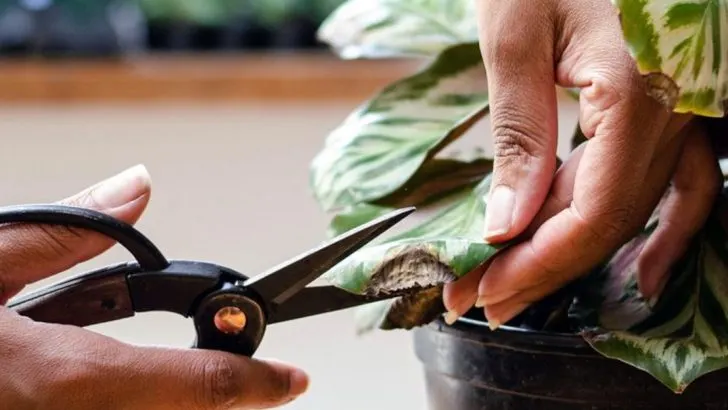Before you give up on that old, overgrown plant, there are plenty of ways to revive, reshape, and rejuvenate it. Whether it’s a leggy houseplant, an overgrown shrub, or a struggling perennial, a little care and the right techniques can often bring it back to life.
In this article, we share 13 things to try before you give up on that old, overgrown plant. From strategic pruning and soil refreshment to propagation and repotting, these methods can breathe new life into your beloved greenery. If you’re tempted to toss a plant that looks beyond saving, try these tips first—you might be surprised at the results!
Trim Off Dead Leaves
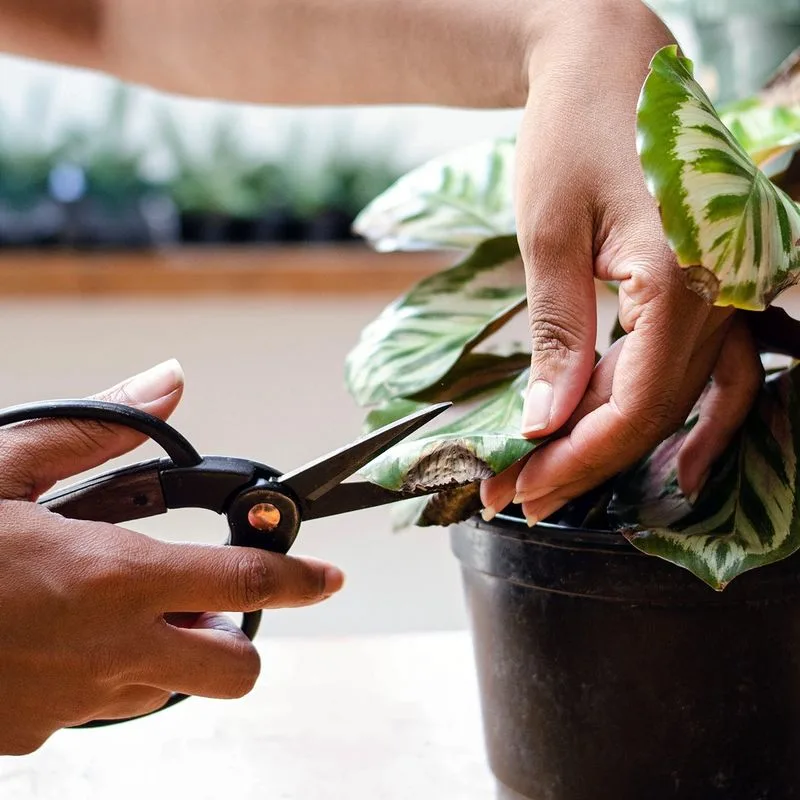
Dead leaves can make any plant look tired and unkempt, but they also drain valuable resources. Snipping them off not only boosts your plant’s appearance but also redirects energy to healthy growth. Taking a few minutes to prune these lifeless parts can lead to substantial improvements in its vitality. Ensure you have sharp shears to avoid unnecessary damage to the plant’s stems. Regularly check for any new dead leaves and remove them promptly. With consistent care, you might soon see vibrant green sprouting anew, showing signs of life where there once seemed none.
Repot in Fresh Soil

Over time, soil can become compacted, reducing the necessary airflow to roots. Fresh soil provides nutrients that have been depleted from the old mix. Gently remove your plant from its current home, shaking off the excess soil clinging to the roots. Choose a pot slightly larger than the last to accommodate growth. Fill it with a fresh soil blend suitable for your plant’s needs. Water lightly to help the roots settle into their renewed environment. This fresh start can provide the boost needed for recovery and sustained health.
Adjust Lighting Conditions
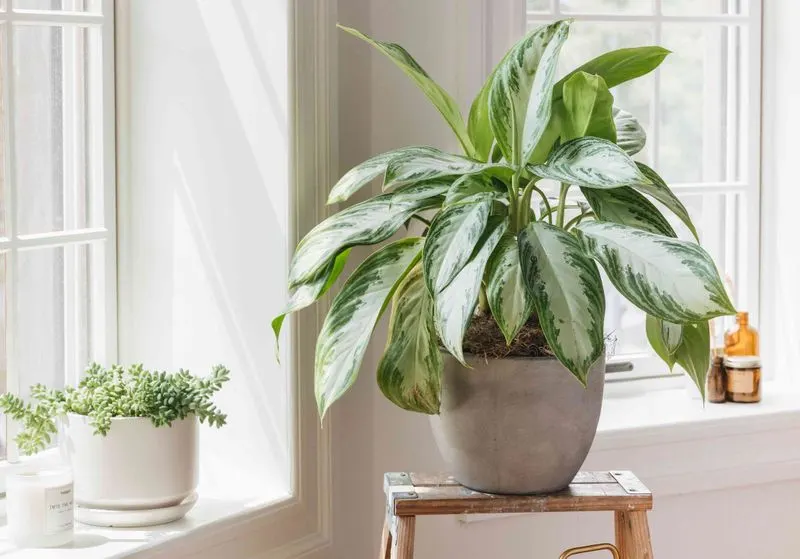
Lighting can be the difference between a thriving plant and a struggling one. If your plant is overgrown but failing to flourish, consider its light exposure. Some plants thrive in direct sunlight, while others prefer shade. Shifting your plant closer to a window or using a grow light might be necessary. Monitor how it responds to these changes, adjusting as needed. Keep in mind that seasonal shifts in sunlight can also affect your plant’s health, so remaining observant is key to promoting robust growth all year round.
Water Strategically
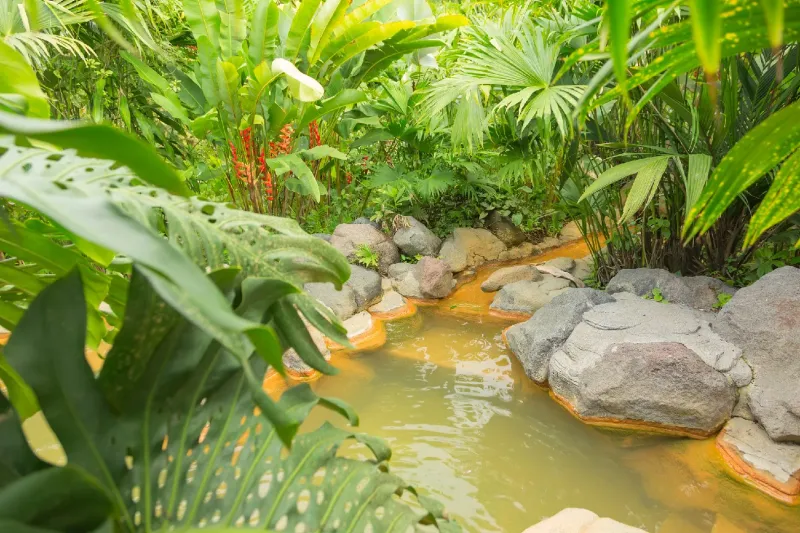
Watering isn’t just about frequency; it’s about understanding your plant’s specific needs. Overwatering or underwatering are both common issues that can lead to an overgrown but unhealthy plant. Before watering, check the soil’s moisture by inserting your finger a couple of inches deep. Only water if it feels dry, ensuring it reaches the roots without pooling at the bottom. Adjust your watering schedule according to the season, as plants often require less water in cooler months. This attention to watering can prevent root rot and encourage new growth.
Fertilize with Purpose
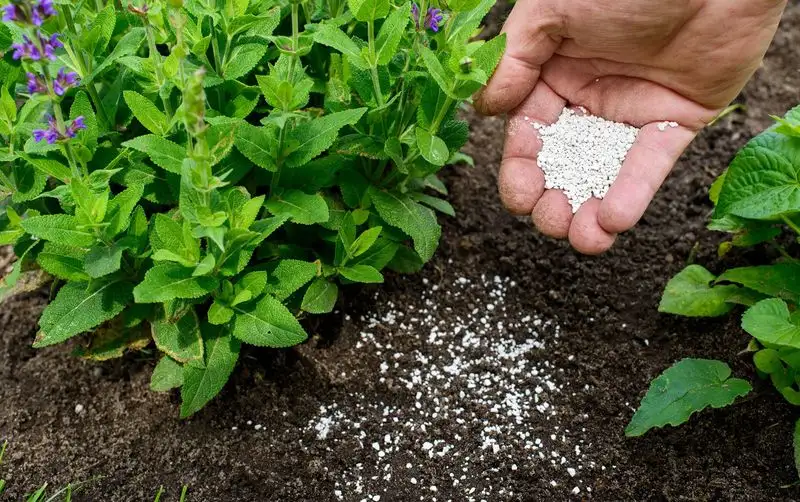
Fertilizers can replenish vital nutrients that have been depleted from the soil over time. Choose a balanced fertilizer or one suited to your specific plant type. Apply during its growing season for the best results. Be careful not to over-fertilize, as this can harm your plant more than help it. Follow the instructions on the fertilizer packaging for optimal application rates. Gradually, you should notice an improvement in the plant’s color and leaf size. Consistent, purposeful fertilizing can turn that overgrown mass into a thriving, healthy companion.
Control Pests Naturally
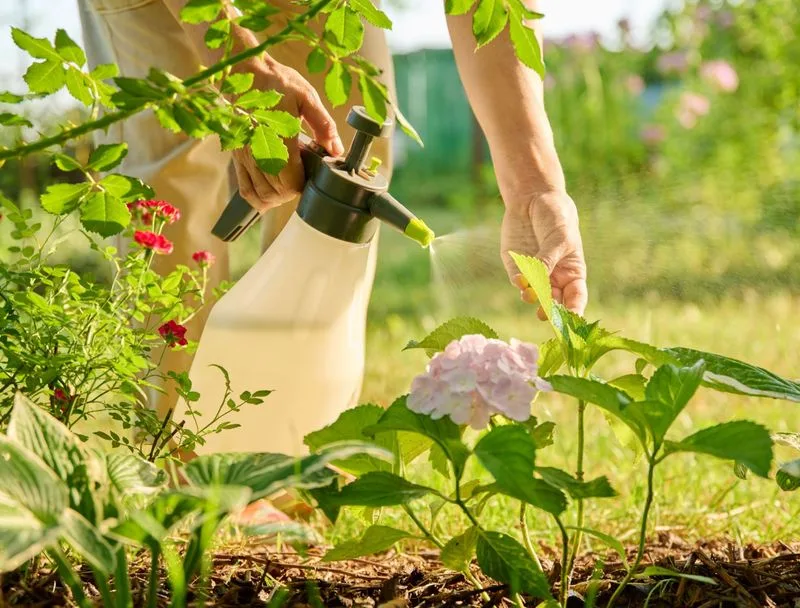
Pests are more than just a nuisance; they can severely impact plant health. Instead of reaching for chemical solutions, consider natural remedies. A mixture of water, a few drops of dish soap, and essential oils like peppermint or neem can deter pests without harming your plant. Apply the spray regularly, targeting areas where pests tend to hide. Regular checks for signs of infestation can help catch problems early. With vigilance and natural solutions, your plant can be free from pests, allowing it to grow strong and vibrant once more.
Prune for Shape
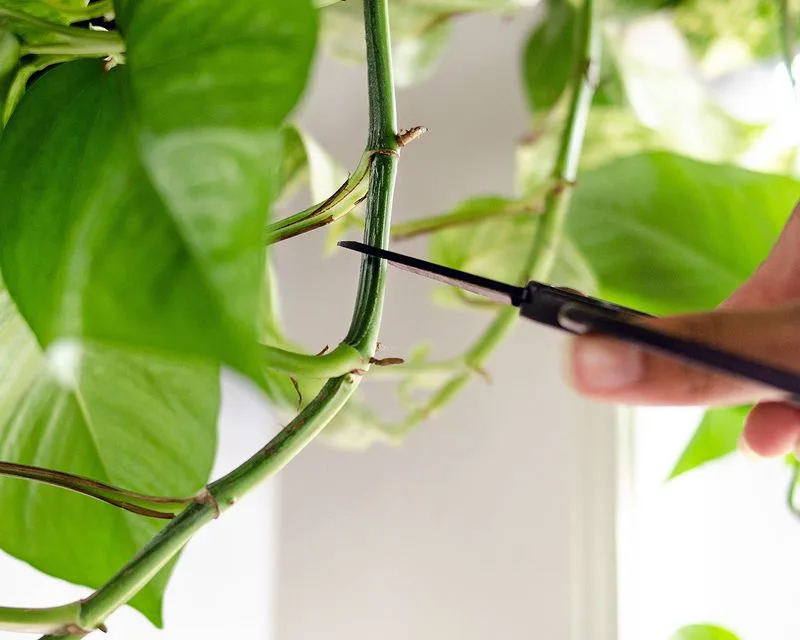
Pruning isn’t just about removing dead parts; it’s a technique to encourage healthier and more controlled growth. By cutting back overgrown branches, you can shape the plant to allow better light penetration and air circulation. This not only improves its appearance but also promotes new shoots. Be mindful of your plant’s natural growth pattern, and prune accordingly. Use clean, sharp tools to make precise cuts, avoiding any damage to the existing healthy parts. Regular shaping can lead to a more aesthetically pleasing plant that grows stronger over time.
Rotate Regularly
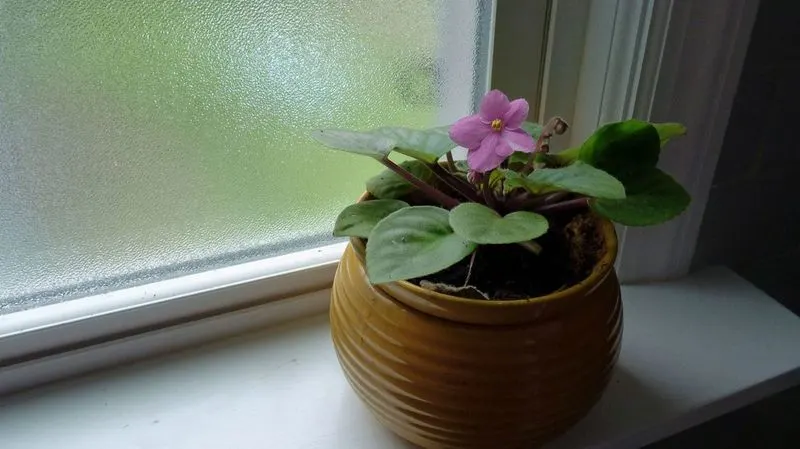
Plants naturally grow towards the light, which can lead to uneven growth if they aren’t rotated. By regularly turning your plant, you ensure it grows evenly, fostering a balanced and aesthetically pleasing look. Make it a habit to rotate your plant every few weeks, especially those near windows. This simple act can prevent the plant from leaning too heavily to one side, which might expose some parts to less light. Balanced growth also means that resources are being used evenly, contributing to overall plant health and vigor.
Check Humidity Levels
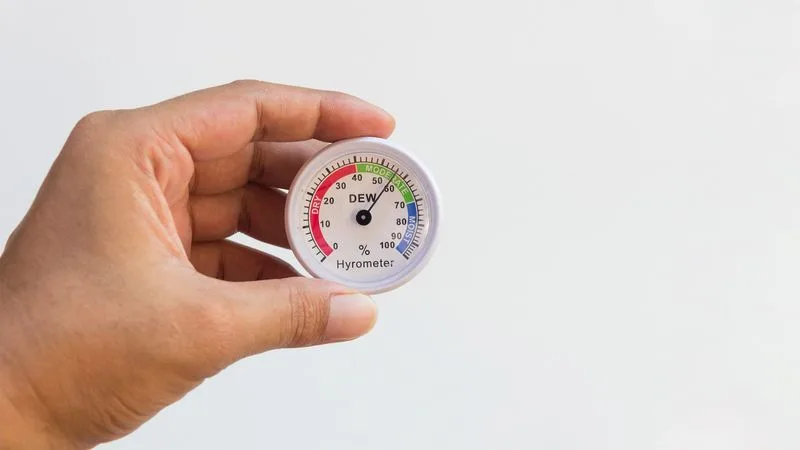
Humidity can play a crucial role in the health of certain plants, especially those that originate from tropical environments. Use a hygrometer to gauge the moisture level in your home. If it’s too low, consider options like grouping plants together or using a humidity tray with water and pebbles. Another option is a small humidifier placed near your plant. Regular misting can also help, but be cautious not to overdo it, as this can lead to fungal issues. Proper humidity can recreate a more natural habitat, aiding in their revival.
Use Support Structures
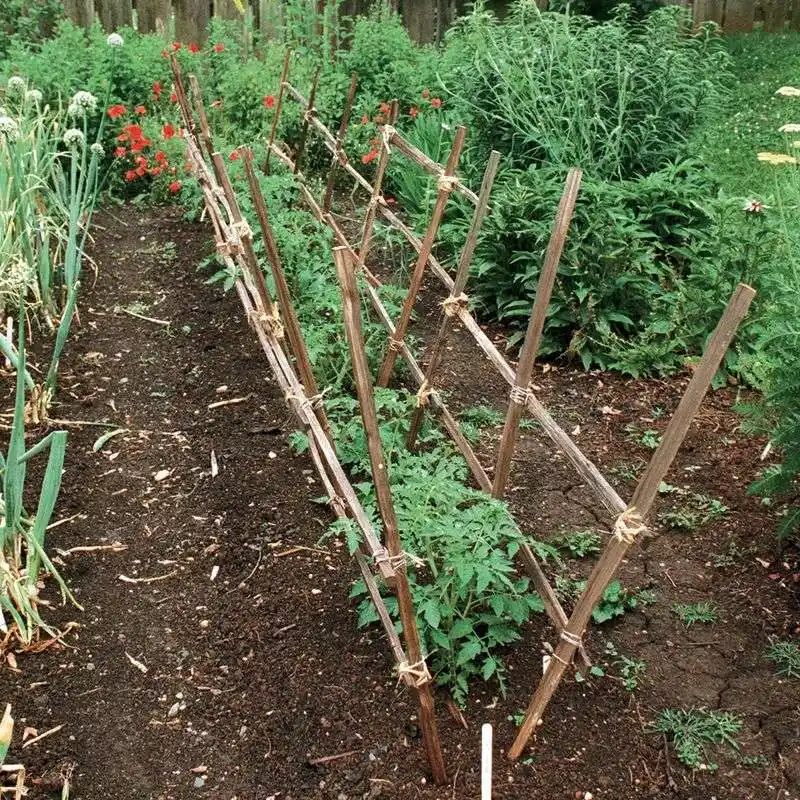
For plants that grow taller than they are stable, support structures can be lifesavers. Stakes, trellises, or even decorative cages can provide the necessary support to prevent breakage. Choose a structure that complements your plant’s natural growth habit and aesthetic. Secure the plant gently, ensuring you do not damage its stems or leaves. As the plant continues to grow, adjust the supports accordingly. This intervention can prevent accidents and injuries to your plant, encouraging a stable and healthy upward growth.
Clean the Leaves

Dusty leaves can hinder a plant’s ability to photosynthesize efficiently. Gently cleaning them can boost their health significantly. Use a soft, damp cloth to wipe away dust, ensuring not to apply too much pressure that might damage the leaves. This process can become a regular part of your plant care routine. Clean leaves reflect a plant’s true colors, enhancing its natural beauty and vitality. Observing your plant up close during cleaning can also help spot early signs of any potential issues, keeping it in top condition.
Refresh with Companion Plants

Adding companion plants can invigorate an aging plant, creating a lively environment that benefits all involved. Companion planting can deter pests and provide additional nutrients to the soil. Choose plants that share similar light and water needs as your overgrown plant. The visual appeal of mixed species can turn a tired corner into a vibrant display. Careful selection and placement can foster an ecosystem where plants support each other, leading to better health and reduced care challenges. This community approach can transform the way you view plant care.
Evaluate Airflow
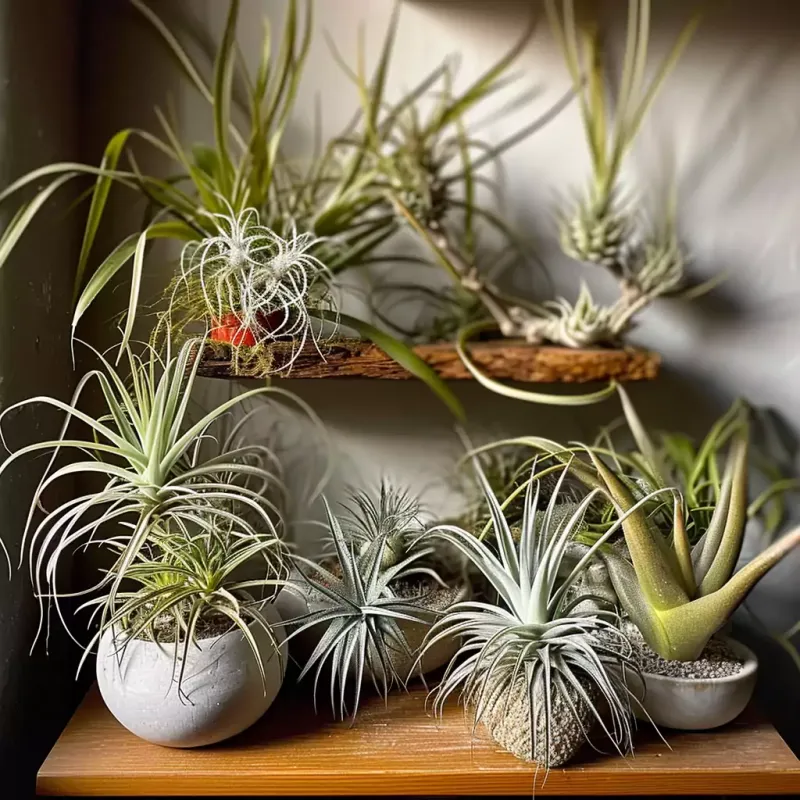
Stagnant air can suffocate plants, leading to fungal issues and poor growth. Ensure your plant is in a location with adequate airflow. This might involve opening windows, using fans, or rearranging the plant setup to prevent overcrowding. Fresh air can encourage healthier growth patterns by helping to regulate temperature and moisture levels. Be mindful of strong drafts, which can stress your plant. Observing how the leaves move slightly in a gentle breeze can indicate perfect airflow, keeping your plant thriving and happy.

